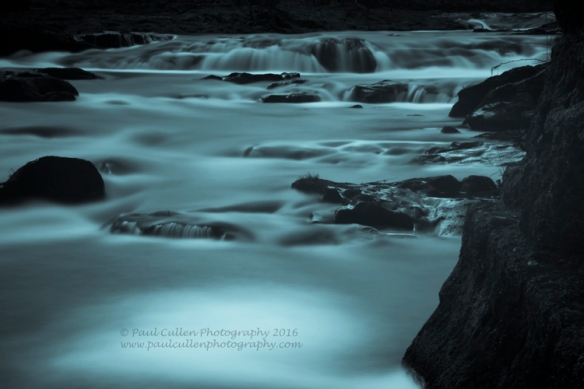Life is very busy at the moment – lots of distractions – and I am having difficulty keeping focus on progressing my photography. Often at times like this I go over my older stuff with the intent of giving the old stuff a make over – edit them in a different way to produce something new; I quite like messing around in Photoshop and Lightroom so this quite suits me, although some might say that I should just get out and take some different photographs but somehow with everything else (life) going on it is not always that simple. I am off to Normandy in a few weeks and I have great plans for that trip so watch this space. In the meantime I have been going over my old (2011) Northumberland photos and thought that I would share with you some that I have converted to Monochrome (mostly black and white but I do like the toned effect too) within the Photoshop plug-in Nik Silver Efex pro. I really like these – I wouldn’t be showing you otherwise – and they have had lots of positive feedback when I have posted them on 500px, Pinterest, Facebook, Fine Art America and Photo4Me, so I hope that you like them too.

Statue of Field Marshall Viscount Hugh Gough, K.P., GCB, GCSI, PC, who fought many campaigns oversees, now situated at Chillingham Castle, Northumberland.

Statue of Field Marshall Viscount Hugh Gough, K.P., GCB, GCSI, PC, who fought many campaigns oversees, now situated at Chillingham Castle, Northumberland.
I love Northumberland and will go back there to capture its natural beauty again but converting to black and white or toning the images give the images a different dimension based on tone and contrast, light and shade rather than colour which changes how we view them.









